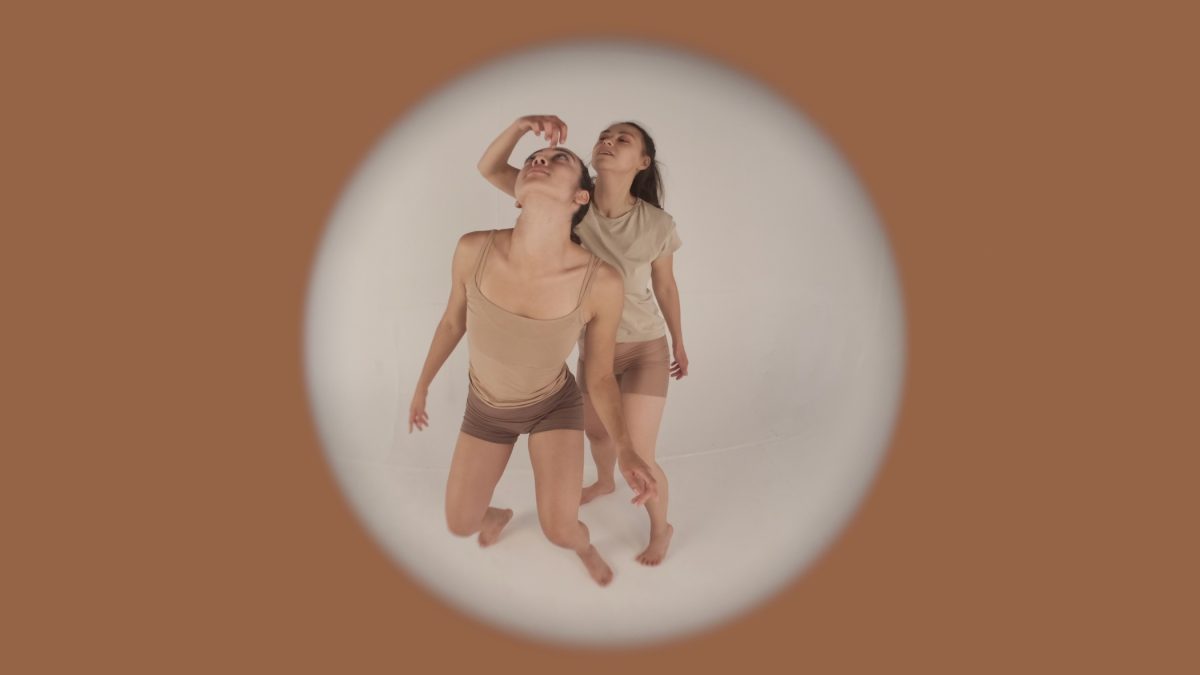Most children experience separation anxiety at some time during their childhood. I’m sure we can all remember a time when we felt nervous about leaving our parents or caregivers when we were going somewhere new. Hopefully, it was a short-lived experience that lifted once the new experience became familiar.
For adopted children, separation anxiety often stems from circumstances far beyond their control. Being removed from their biological family, and then foster carers, leaves children feeling anxious when they are separated from their new caregivers.
New experiences and situations can be particularly difficult to manage for adopted children, such as starting school or moving into a new class. We can do a lot to help with this before the start of a new term, such as visiting the new school/classroom/teacher. We found regular walks to her new school in the couple of weeks before she started, and helped our youngest familiarise herself with the route and routine.
Separation anxiety is difficult for a child, but it’s also distressing for parents. There’s nothing worse than leaving your child in tears at nursery or school. Even if they settle quickly after that, it’s something I struggled with when our youngest daughter was unsettled at nursery.
Managing new situations is something all children have to experience. As parents, although we’d love to be able to take away any anxiety about a new situation, we can’t. But we can use techniques and props to help our children manage their feelings.

Here are five tips recommended by parents to help manage separation anxiety:
Talking
As our daughter gets older, we’ve all learned how to manage separation better. A big part of this has been talking. We talk through what’s going to happen in advance of the new situation, and if she’s got questions I can’t answer, I’ll find out and tell her.
Knowing which door to use, where to hang her coat, and where the loos are, are all things that help her manage her anxiety. We try not to force conversations and talk about things when she wants to. Like a lot of children though, she tends to bottle it up and her anxiety comes out in anger. So we often talk things through once she’s calmer and is able to express what she’s worried about.
We’ve found the school website a great starting point for conversations. There are some photos of classrooms and we talk about where hers is going to be and how she’ll get there.
Smells
We’ve found familiar smells work really well for our eldest. She has a spray of my favourite perfume on her wrist and on her clothing. This helps her to feel safe and know that I’m with her, even when I’m not there physically.
We use this technique not just for school, but any situation where she’s nervous about something new. It’s a discrete way of helping her feel safe as no-one else knows what the smell means to her.
Physical things
We used this technique for the first time last year. Covid meant there were no physical visits to her new classroom. This was particularly hard for our daughter as she was moving up into juniors. It’s a completely separate school which she wasn’t familiar with at all.
I bought her this lovely badge from Clara and Macy which I ironed on the inside of her school cardigan. It worked a treat. It gave her a little boost whenever she needed it. And she also used it to help her friends. One of her friend’s mum stopped me in the yard and said our daughter had let her daughter hug her badge when she was missing her mum in the first few days of the new term which I thought was lovely.

You can also buy the design as a pin or with different versions of mum and dad. Click here to see all of their designs. They’re such a simple idea, and a brilliant way of helping your child remember you’re always close.
Wrist drawing
A lot of parents find drawing a heart of something similar on their child’s wrist and their wrist, helps with separation anxiety. Depending on your child’s age, they could draw something on your hand or wrist, and then you do the same on theirs. It’s a simple and effective reminder for them throughout the day, that you’re with them.
The drawing on their wrist could also be used as a hug button. When you’re child is feeling anxious or worried when they’re apart from you, they can touch the drawing and imagine a hug from you. A lot of parents say this works well for their child.
Books
I’m a huge lover of using books to help my kids understand something new. There are some great picture storybooks available about starting school and managing separation anxiety.
Without a doubt, our favourite is “The Invisible String” written by Patrice Karst. It’s a beautiful story about two children who were worried about sleeping on their own. Their mum told them about the invisible string which always connects them.
We went through a stage where this was the only book our eldest wanted to read at bedtime. She absolutely loved it, and we still talk about the concept of our invisible string that connects us, even when we’re apart.
Read my review of the book and The Invisible String is available to buy from a range of outlets such as like Amazon.

Transition box
Creating a transition box is a great way of helping your child feel safe and secure, and understanding they’re still connected to you and home when they’re at school. The box doesn’t need to be big, just something you can put in things you’ve made together at home. You could make things specifically for it, or use things you made together that you’re child has kept.
Your child can then add in things to the box that they’ve made at school for you.
Make sure you speak to the school or nursery first to agree that your child can bring a box in. Some schools don’t allow children to bring things in from home so if that’s the case at your child’s school, you’ll need to get permission beforehand.
If you’d like some more tips and advice about managing school year transitions, have a read of this article from Emma Spillane.
Click here to read more parenting articles, and please note that this article contains affiliate links to Etsy and Amazon. That means if you click on the link and go on to buy the products, I get paid a fee from the store.



